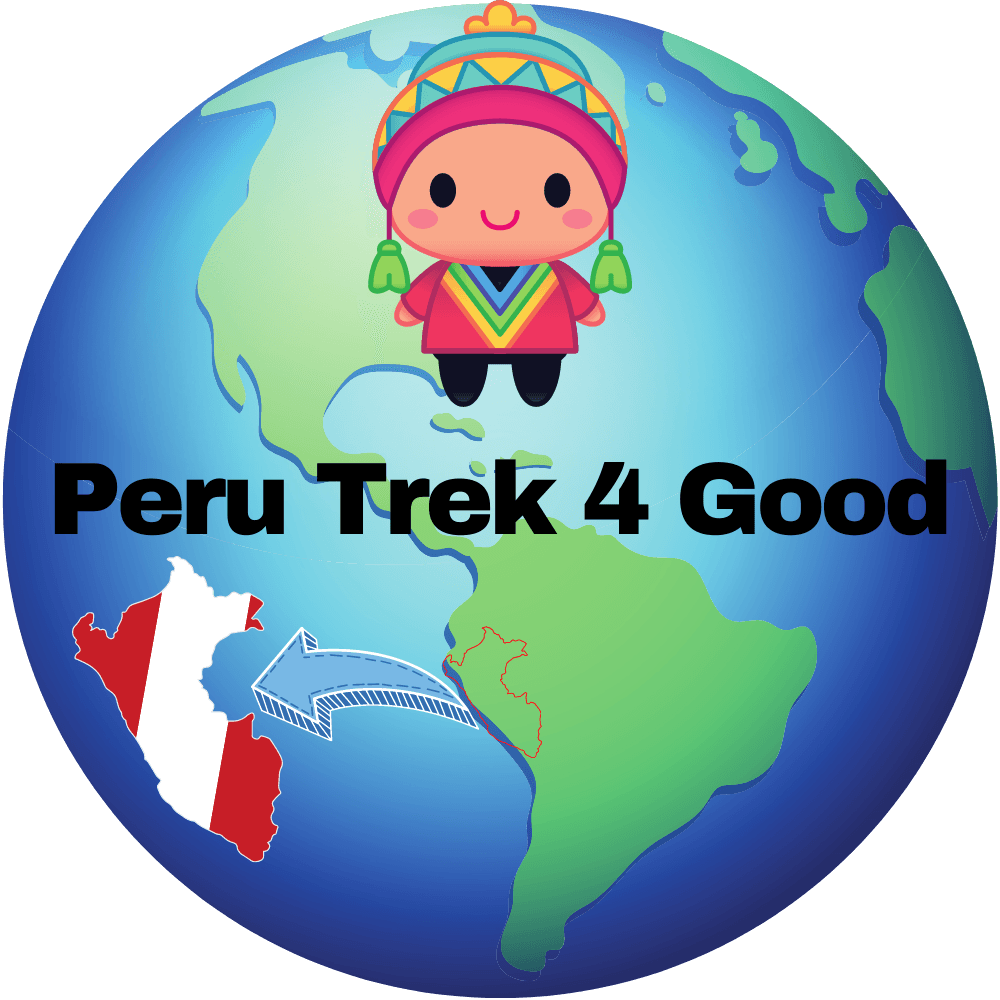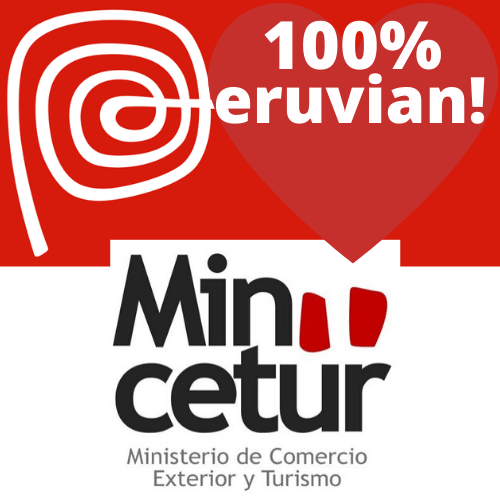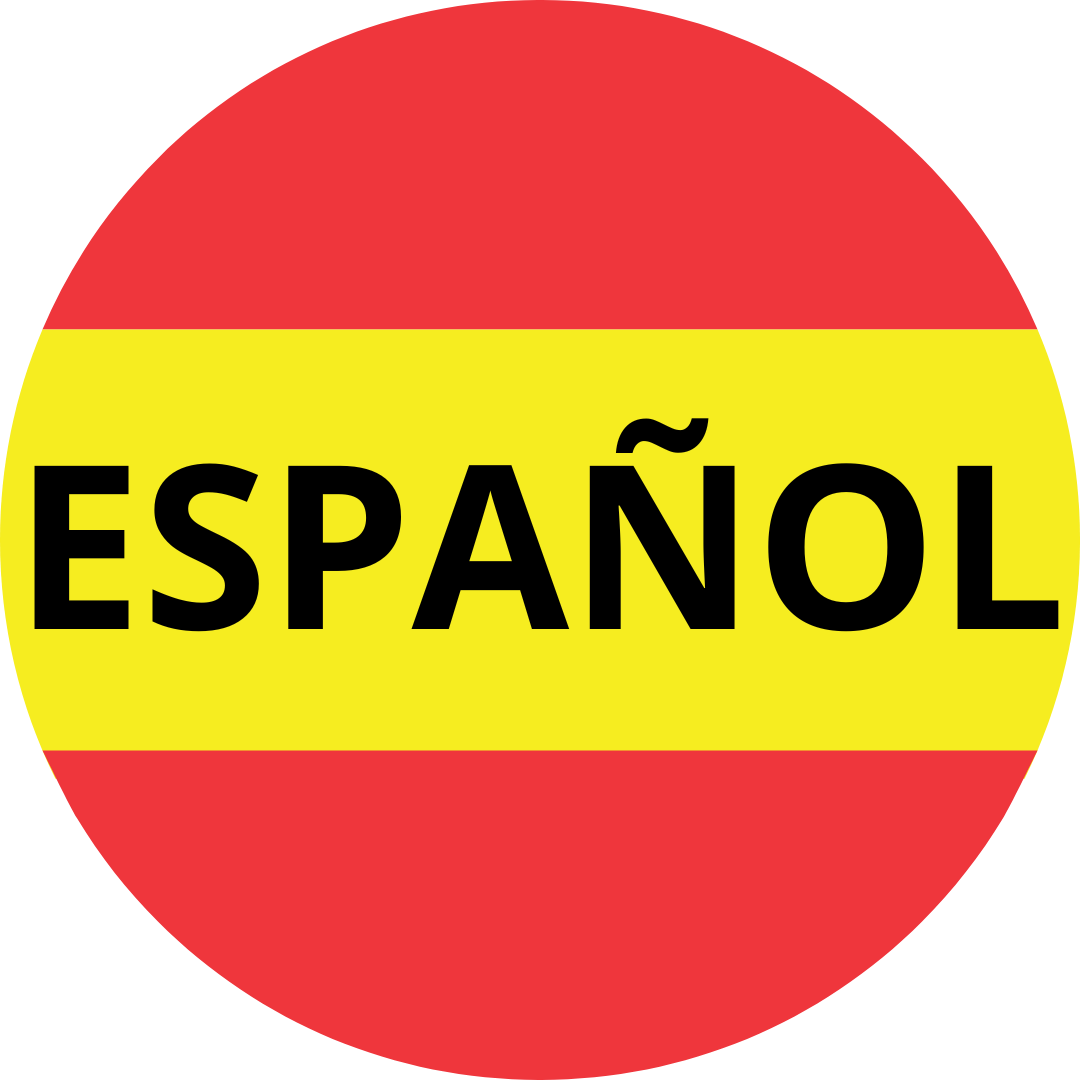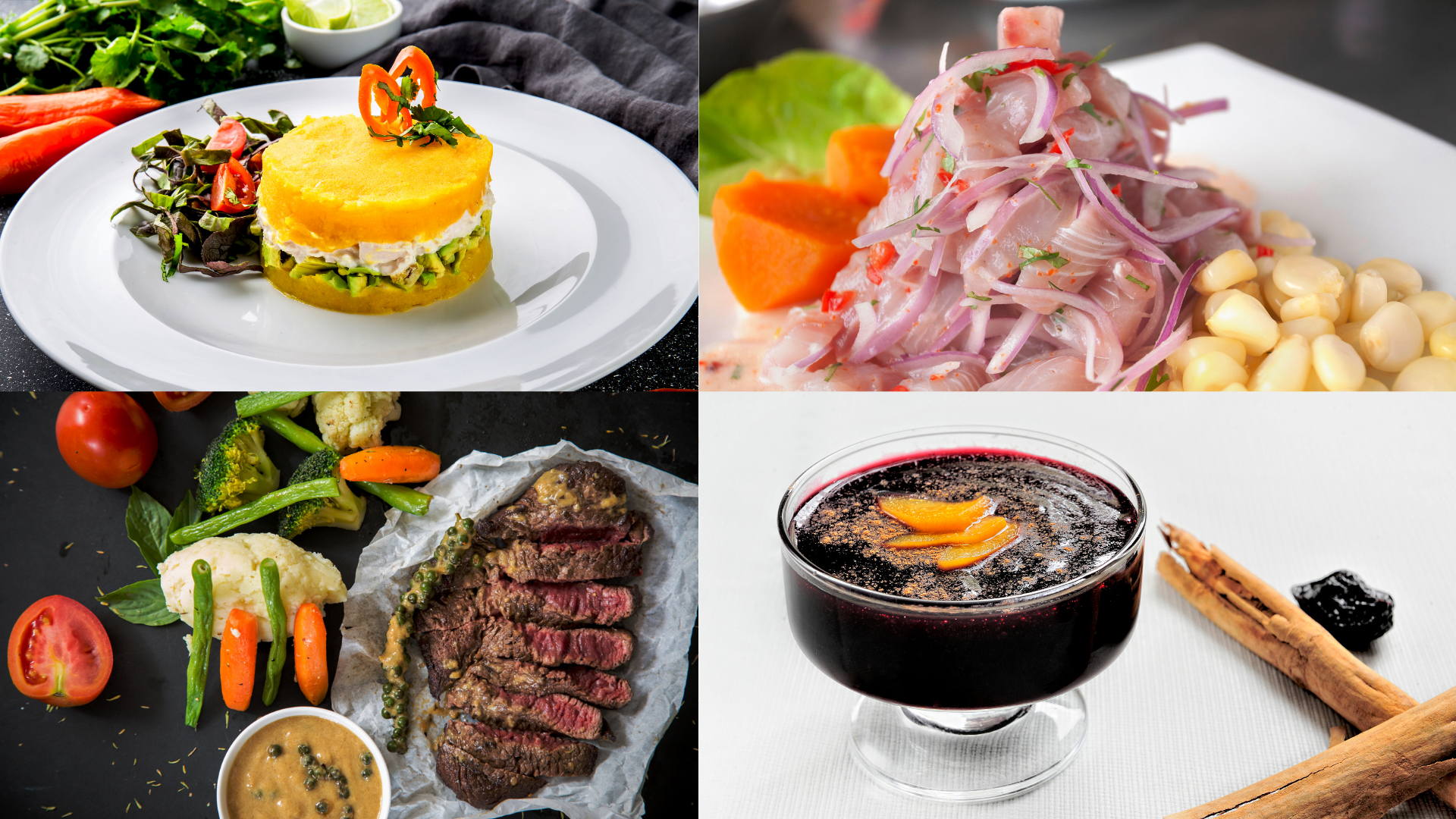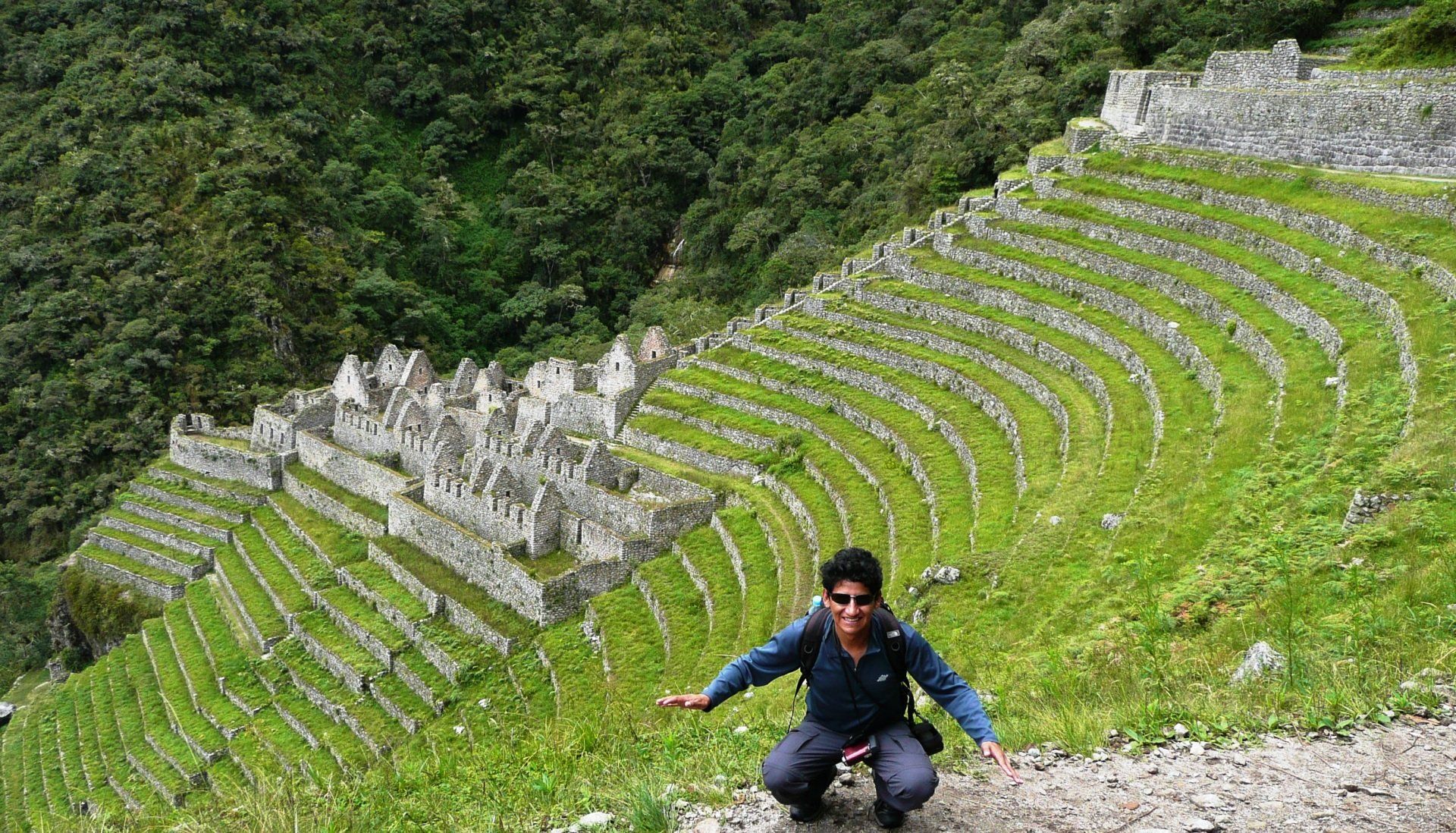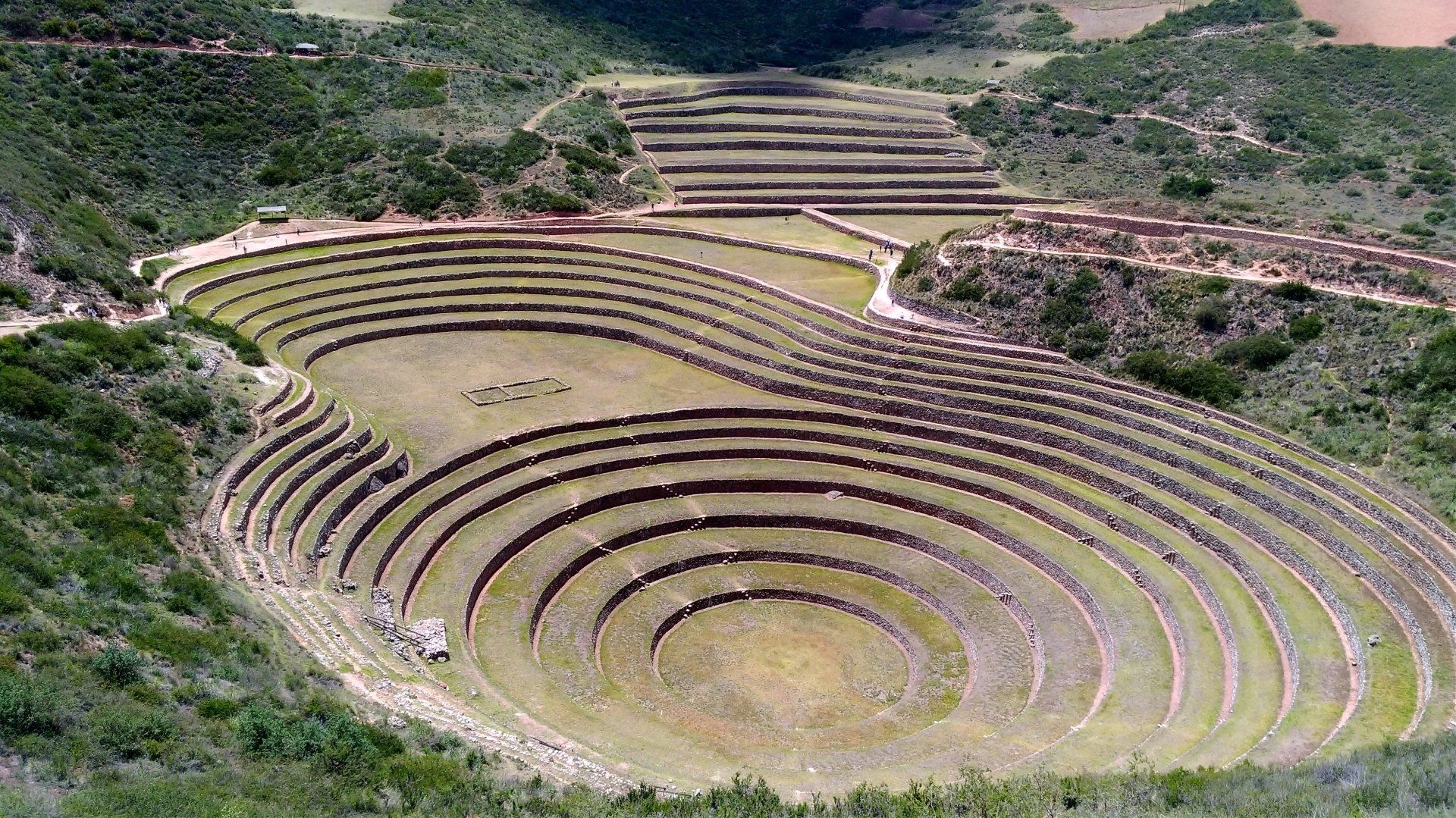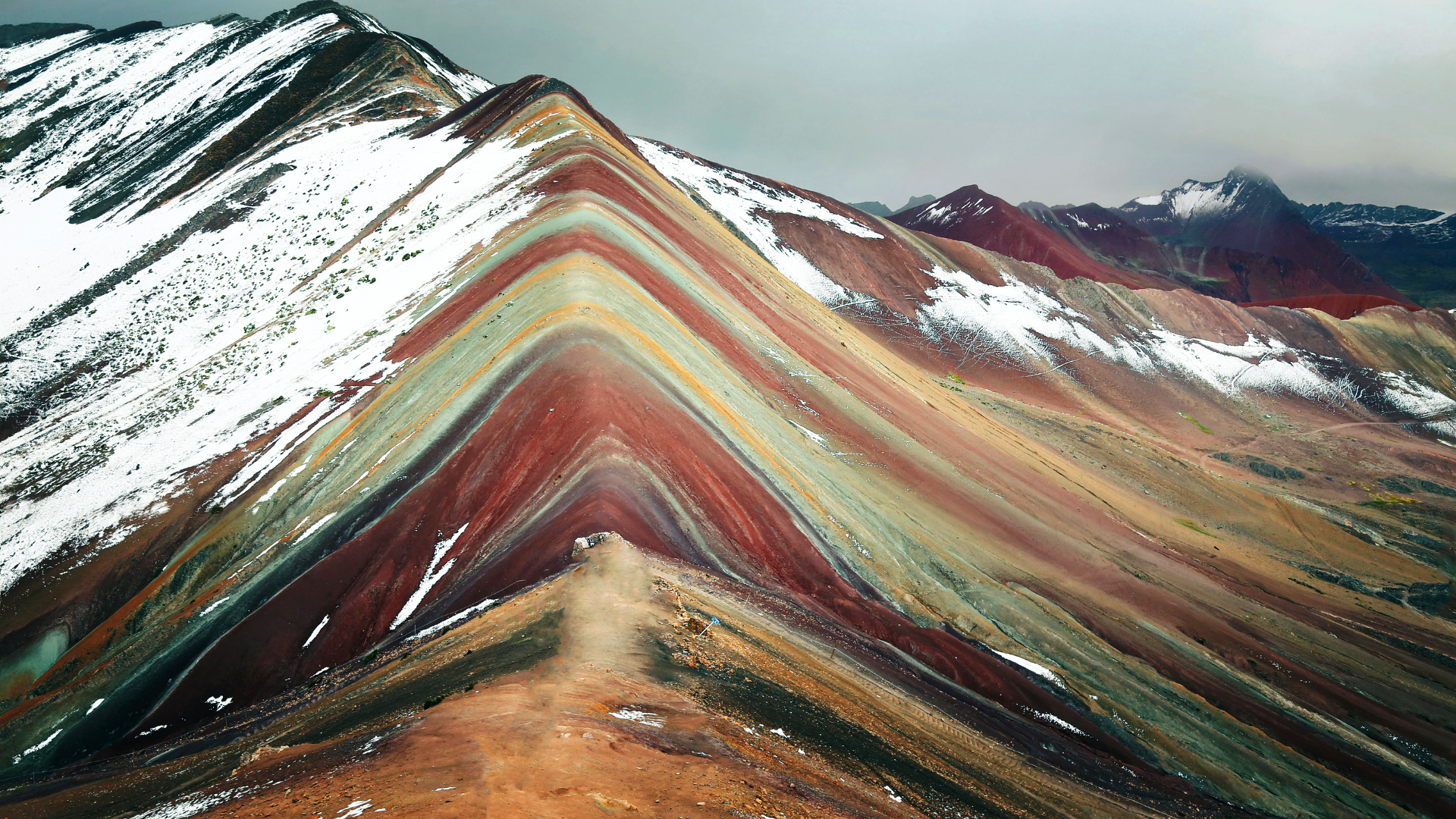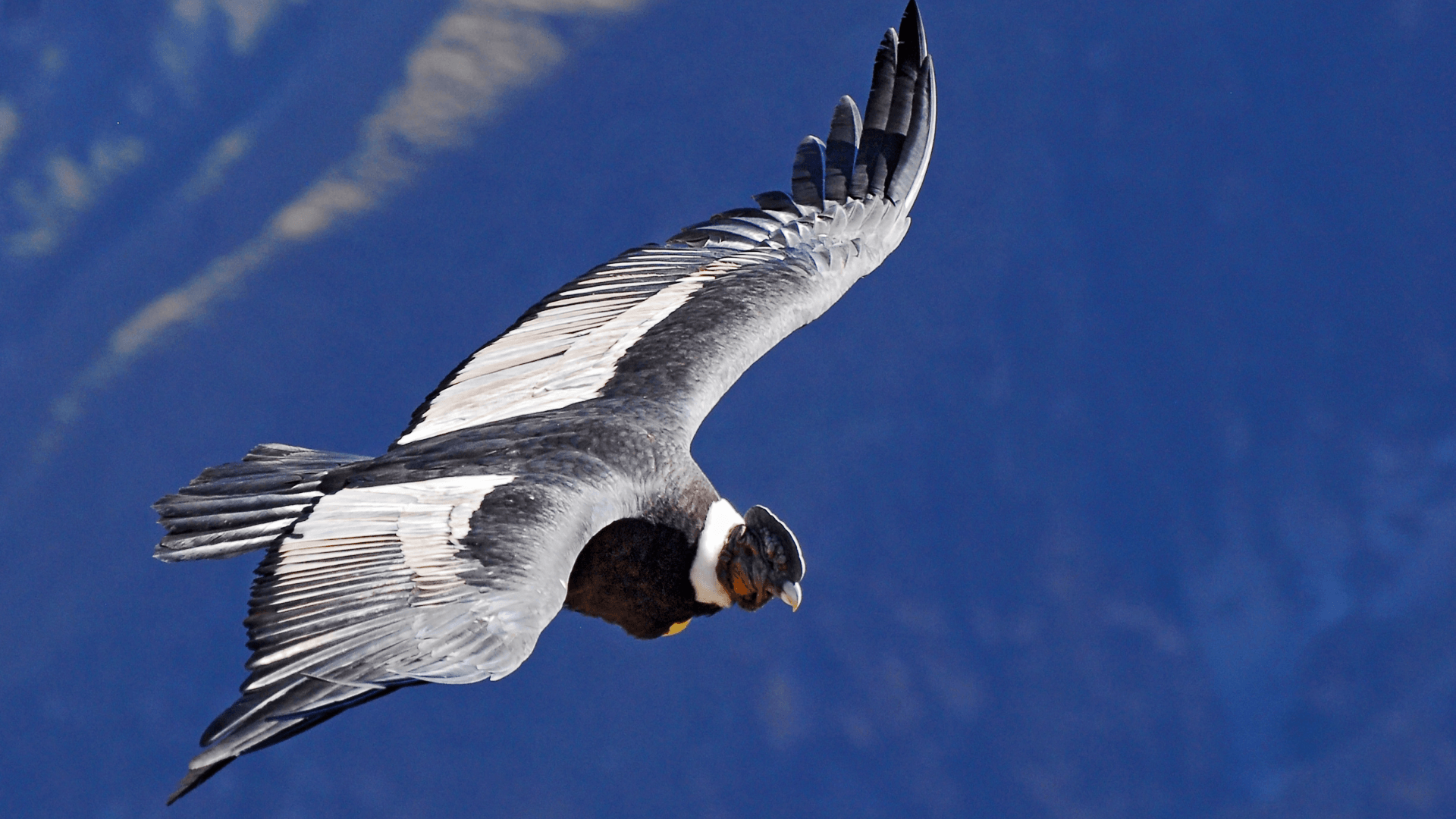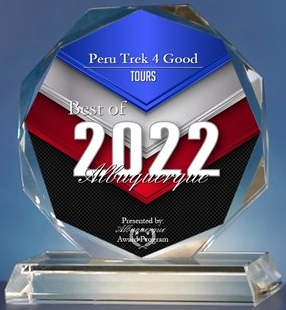FULL MANU - FROM THE ANDES TO THE RAINFOREST
7 Days ONLY at US$2490 per person
We can customize any itinerary
OVERVIEW:
This is one of the most fascinating nature trips in the world. Our overland route crosses an extraordinary range of life zones from highlands to lowlands, taking us through an array of ecosystems found nowhere else on the planet in such close proximity. We see high altitude farming valleys and traverse stark highland puna, plunge through layers of grassland, elfin forest, layers of lush, ever-changing cloud forest, and then lowland tropical valleys where farmers cultivate coca and exotic fruits. All the way we traverse the habitat of innumerable bird species. Then our journey winds its way by river through lowland rain forest, taking us to a remote jungle village, then to a tented camp in the heart of Manu, the Upper Amazon basin’s greatest national park, In Manu we navigate the waters of an isolated oxbow lake, home to giant otters, caimans, monkeys and an endless variety of birds. Our trip ends downriver with the Amazon’s finest wildlife viewing opportunities, at Manu Wildlife Center. This lodge offers the finest Tapir viewing in ALL the Amazon, as Tapirs are nightly visitors to the lodge’s mud wallow. The mornings feature macaw clay lick project and fruiting trees teeming with macaws. The network of trails, tower for forest canopy viewing, and two adjacent pristine lakes round out the perfect rain forest experience. After a short canoe journey we return to Cusco or Lima aboard a modern, commercial airplane.
HIGHLIGHTS &
ROUTE:
Meals Included: B= Breakfast L=Lunch BxL=Picnic Lunch D=Dinner
DAY 1 - TUESDAY: Cusco to Cock-of-the-Rock Lodge. (BxL/D)
DAY 2 - WEDNESDAY: Cock‐of‐the‐Rock Lodge to Romero Lodge (Manu National Park). (B/BxL/D)
DAY 3 - THURSDAY: Romero Lodge to Manu Park Wildlife Center (Manu National Park). (B/BxL/D)
DAY 4 - FRIDAY: Manu National Park (Manu Park Wildlife Center): Cocha Salvador & Cocha Otorongo. (B/L/D)
DAY 5 - SATURDAY: Manu National Park (Manu Park Wildlife Center) to Manu Wildlife Center and Tapir Clay lick. (B/L/D)
DAY 6: SUNDAY: Manu Wildlife Center: The Macaw Clay Lick Project and trail system. (B/L/D)
DAY 7 - MONDAY: Manu Wildlife Center to Cusco or Lima – Departure day. (B)
| Detailed Itinerary | Price | Inclusions | The Lodge | Trip Photos | Virtual Tour | Additional Tours |
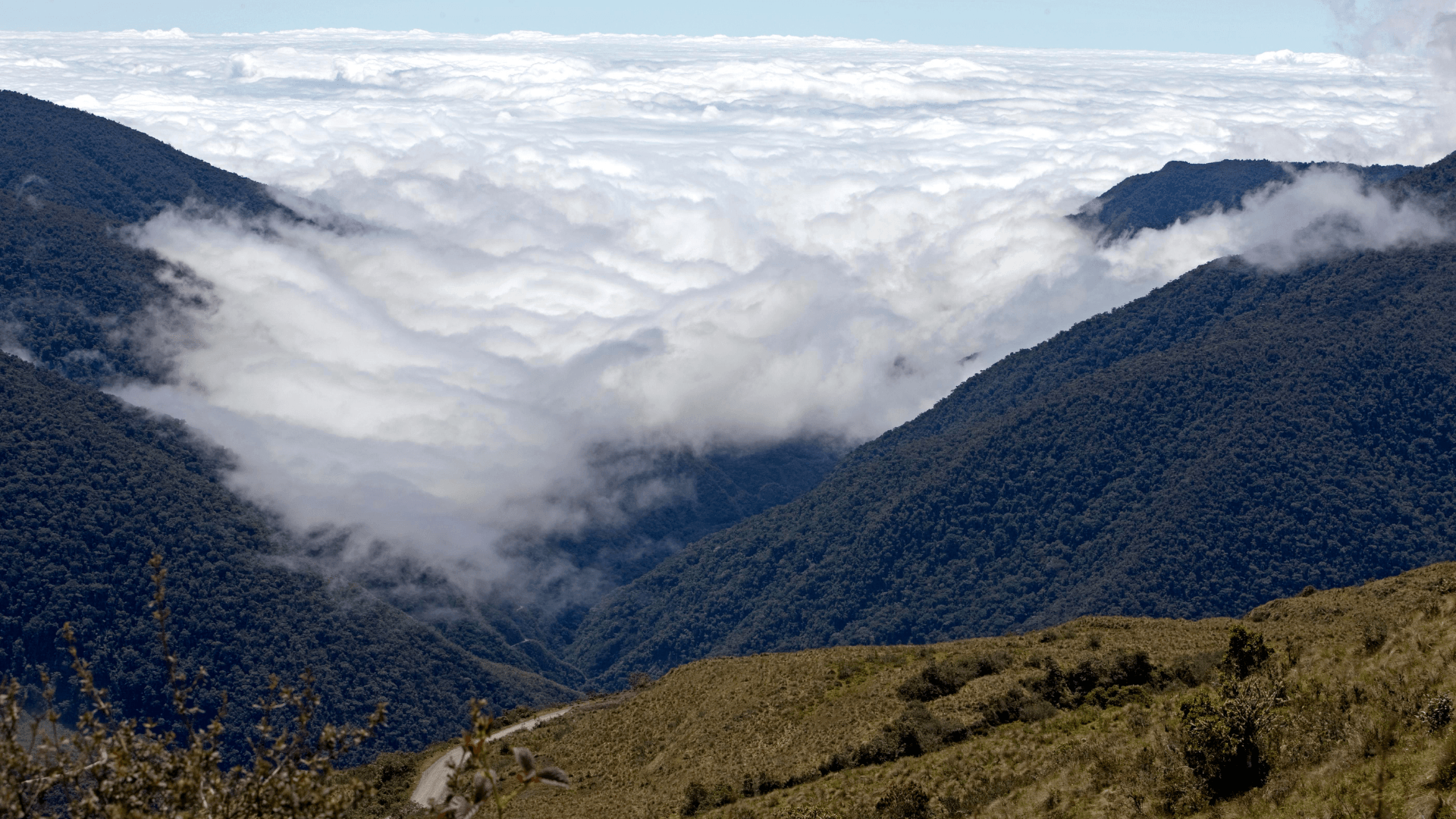
DETAILED ITINERARY: Meals Included: B= Breakfast L=Lunch BxL=Picnic Lunch D=Dinner
DAY 1 - TUESDAY: Cusco to Cock-of-the-Rock Lodge
Our overland journey begins at 3,400m/11,150ft, with an early departure from the highland city of Cusco. Today’s destination is the lush cloud forest region where the Andes fall away to the Amazon basin. This is a day of scenic drama and striking contrasts. We first visit a mountain wetland habitat teeming with migrant and local waterfowl, before crossing two mountain ranges between the Cusco valley and the Paucartambo valley, to a maximum altitude of 3,900m/12,790ft. Finally we follow a sinuous ribbon of highway on its plunge through an extraordinary world of forested cliffs, waterfalls and gorges.
Note: Our Services start in Cusco and finish in Maldonado.
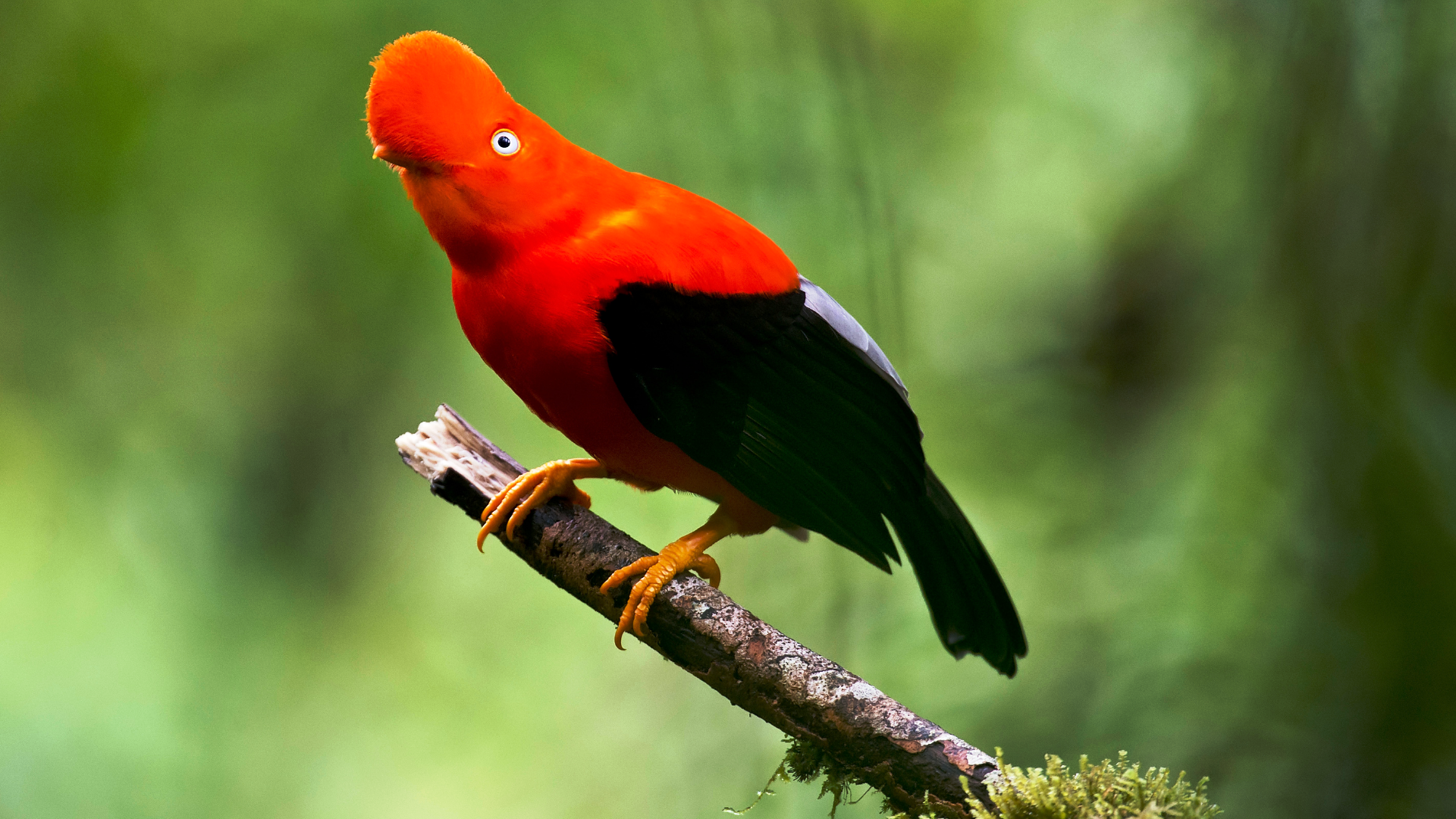
We take leisurely stops to see mountain villages and the abrupt ridgetop of Ajanaco, which marks the final high point where the Andes begin their swoop into the Amazon basin. In clear weather we will see a breathtaking panorama of cloud forest and mountain giving way to the lowland rainforest plains far below us. After a picnic lunch near here we descend through the startling and rapid environmental transformations characteristic of the tropical Andes, passing from grassland and stunted trees through elfin forest, until we wind through a lush and magical world of overhanging trees, giant ferns, monster begonias, countless orchids and bromeliads, and a diverse and teeming birdlife.
We make frequent spontaneous stops, perhaps spotting a brilliantly feathered quetzal, a trogon, or the wild turkey-like Guan. We reach the comfortable Cock-of-the-Rock Lodge in the late afternoon, the best hour to visit the nearby viewing platform for the display ground, or “lek”.
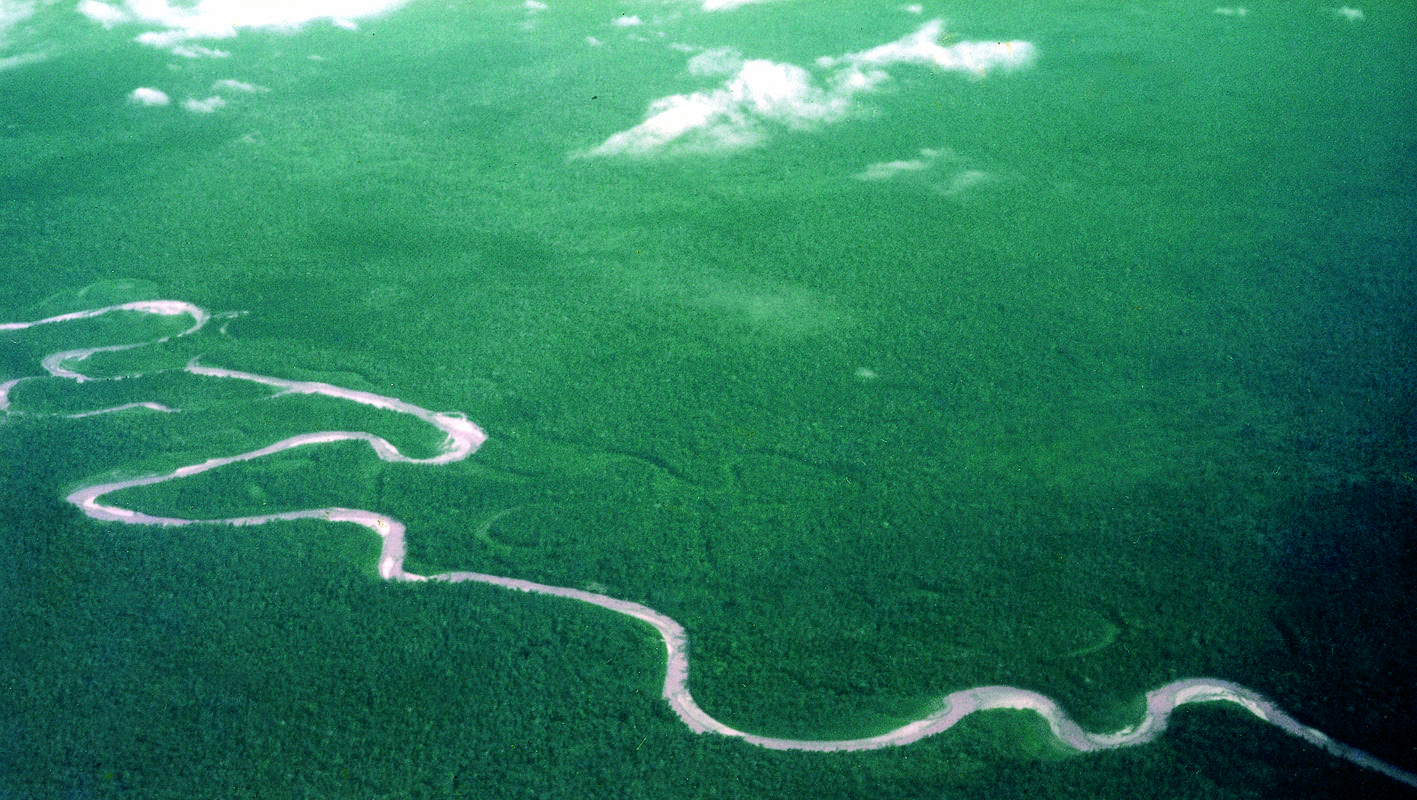
This is usually the highlight of a long, full day, a chance to see Peru’s dazzling national bird, the Cock-of-the-Rock (Rupicola) in full, raucous courting display. (Box Lunch,D)
DAY 2 - WEDNESDAY: Cock‐of‐the‐Rock Lodge to Romero Lodge (Manu National Park)
Rising early, we have a second chance to view the Cock-of-the-Rock display, and then scout for birds, and perhaps Brown Capuchin or Woolly monkeys along the nearby road. Or we can take a secluded nature walk on a short trail loop to the river and back. After breakfast we continue our drive, as mountains give way to low rolling hills and farmland. At Patria we visit a plantation of coca grown legitimately for the Peruvian coca leaf market. At midday we reach Atalaya, a tiny port where the Piñipiñi River meets the Alto Madre de Dios.
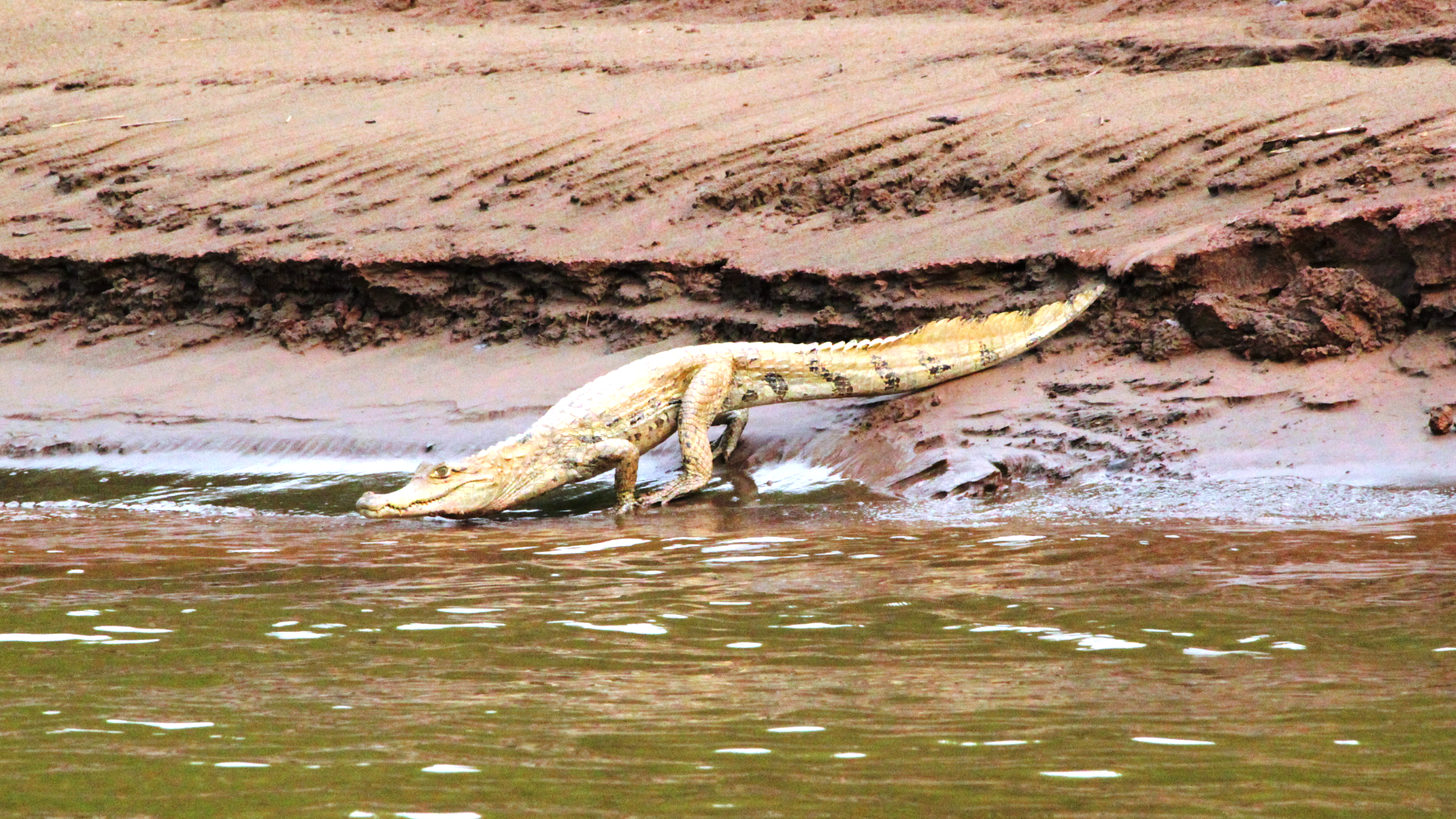
Now the lowland rain forest part of our journey begins. Rivers are the highways of the rain forest, and henceforth we will travel in large, comfortable dugout canoes shaded by canopy roofs and driven by powerful outboard motors. As we follow the river’s broad, rushing course past the last foothills of the Andes, our ever-changing route offers sightings of new birds terns, cormorants, White-winged Swallows, and flocks of nighthawks flushed from their daytime lairs by the sound of our engine. Splashes of brilliant yellow, pink and red foliage dot the forest-clad slopes around us, and the breeze is laden with the heady perfumes of the tropical forest.
We turn northward up the chocolate-brown waters of the Manu River into the lake rich lower Manu National Park. The pristine quality of the forest is instantly apparent, with abundant bird life and no signs of outside development.
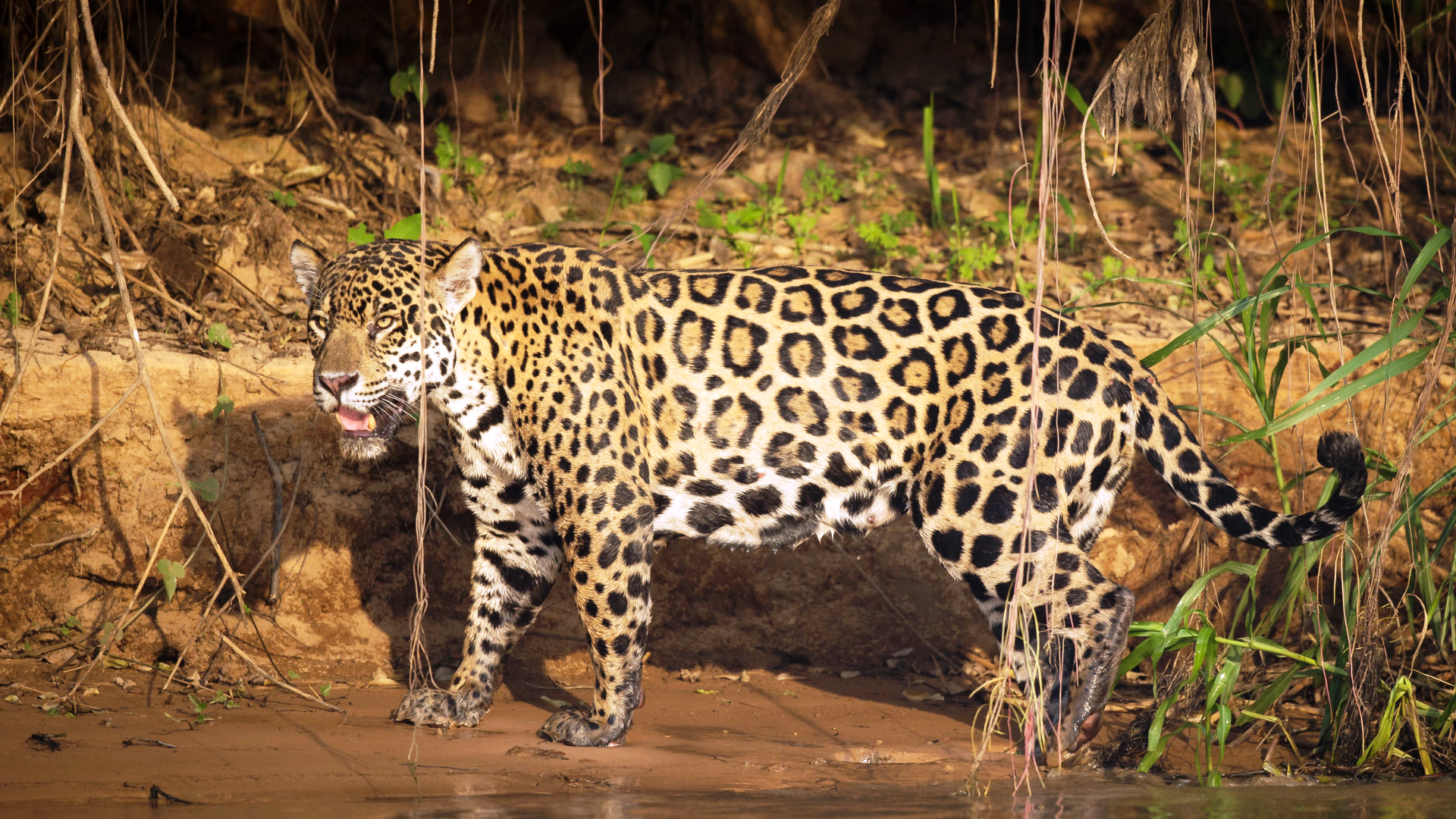
We check into the park at Limonal ranger station and then proceed upstream to our overnight at Romero Lodge; a new array of forest sounds awaits our ears. As night falls the whistling call-and-response of tinamous gives way to the loud shrill of cicadas. (B,Box Lunch,D)
DAY 3 - THURSDAY: Romero Lodge to Manu Park Wildlife Center (Manu National Park)
We continue upstream, as our boat driver steers skillfully through shallows and driftwood snags. Orinoco Geese and Horned Screamers strut on the beaches, Capped and White-necked Herons patrol the shoreline, and countless sunbathing turtles dive off their log perches as we approach. After some 4 hours on the river we reach our Manu Park Wildlife Center, a simple but comfortable low-impact lodge nestled almost invisibly in the forest.

Time permitting, we will take a short walk before dinner to stretch our legs and enjoy our first encounter with virgin rain forest. (B,Box Lunch,D)
DAY 4 - FRIDAY: Manu National Park (Manu Park Wildlife Center)
Today we visit two lakes near our camp. Park authorities determine the time of our visit to Cocha (Lake) Salvador; depending on this schedule, we will visit Cocha Otorongo earlier or later in the day. Our trail to Cocha Otorongo begins some 30 minutes downstream from the camp. This brief river journey to the trailhead can always offer the chance of a thrilling wildlife sighting. Perhaps we will spot a family of capybaras, the world’s largest rodent, looking like giant Guinea Pigs as they browse on the riverbank, or if we are very lucky, a solitary jaguar might stalk slowly off an open beach into the forest, flicking its tail in annoyance at our intrusion.
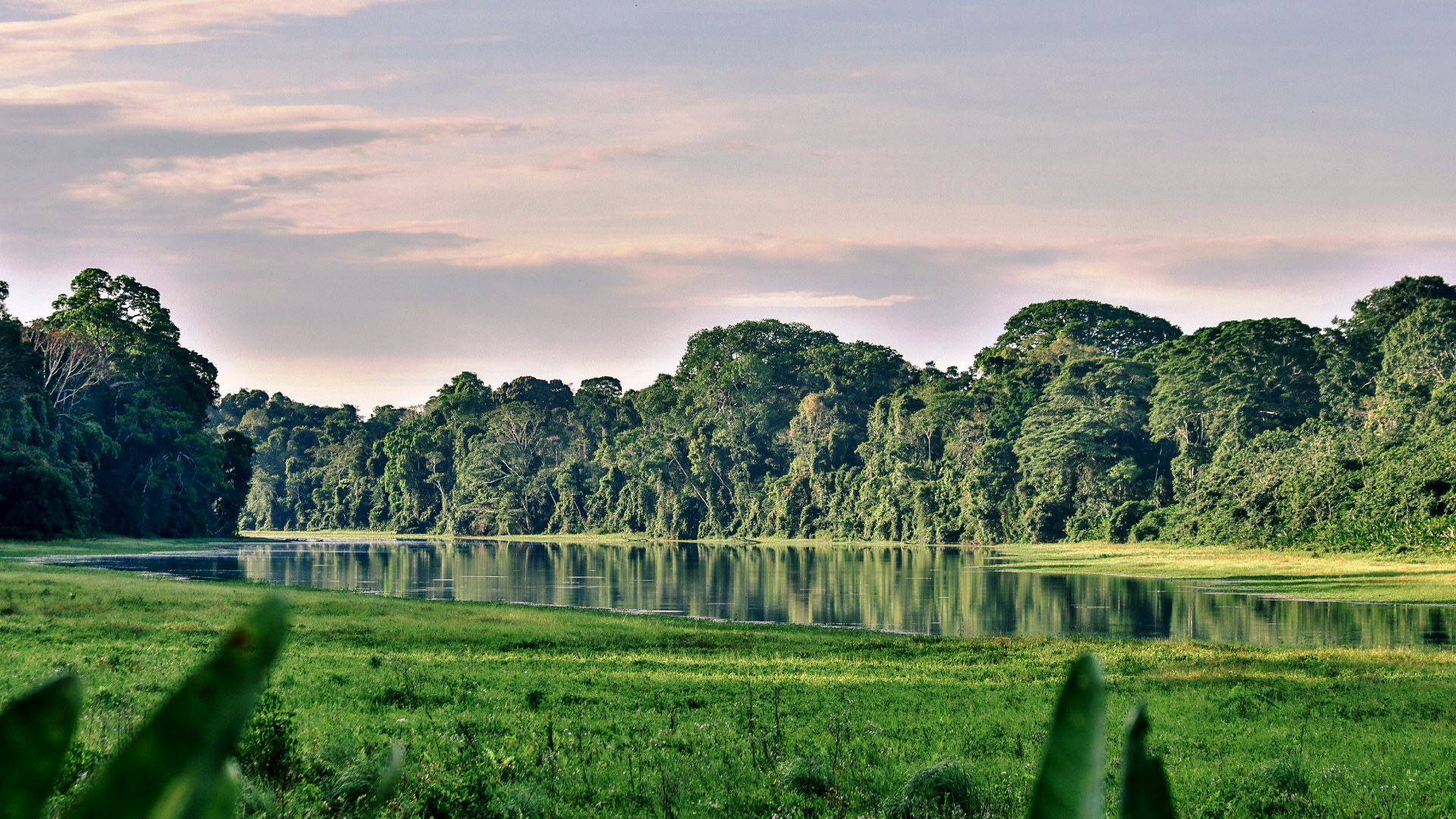
On the short trail to the lake we may spy one or more of the park’s 13 monkeys species leaping through the canopy high above and some of the trees which form that canopy such as kapok, ironwood and figs, will astound us with the vast size of their trunks and buttressed root systems.
These are oxbow lakes, formed when the river changed course, leaving a landlocked channel behind. The lakes are abundant in fish and wildlife, and provide optimum habitat for caimans and the Giant Otter (Pteronura brasiliensis), one of the Amazon’s most endangered mammal species. This lake enjoys maximum protection, and boats are not allowed. However, it features two dock platforms and a 50ft tower from which to scan the trees and marshy shoreline for monkeys, kingfishers, Anhinga (a large, long-necked waterbird), and countless other species.
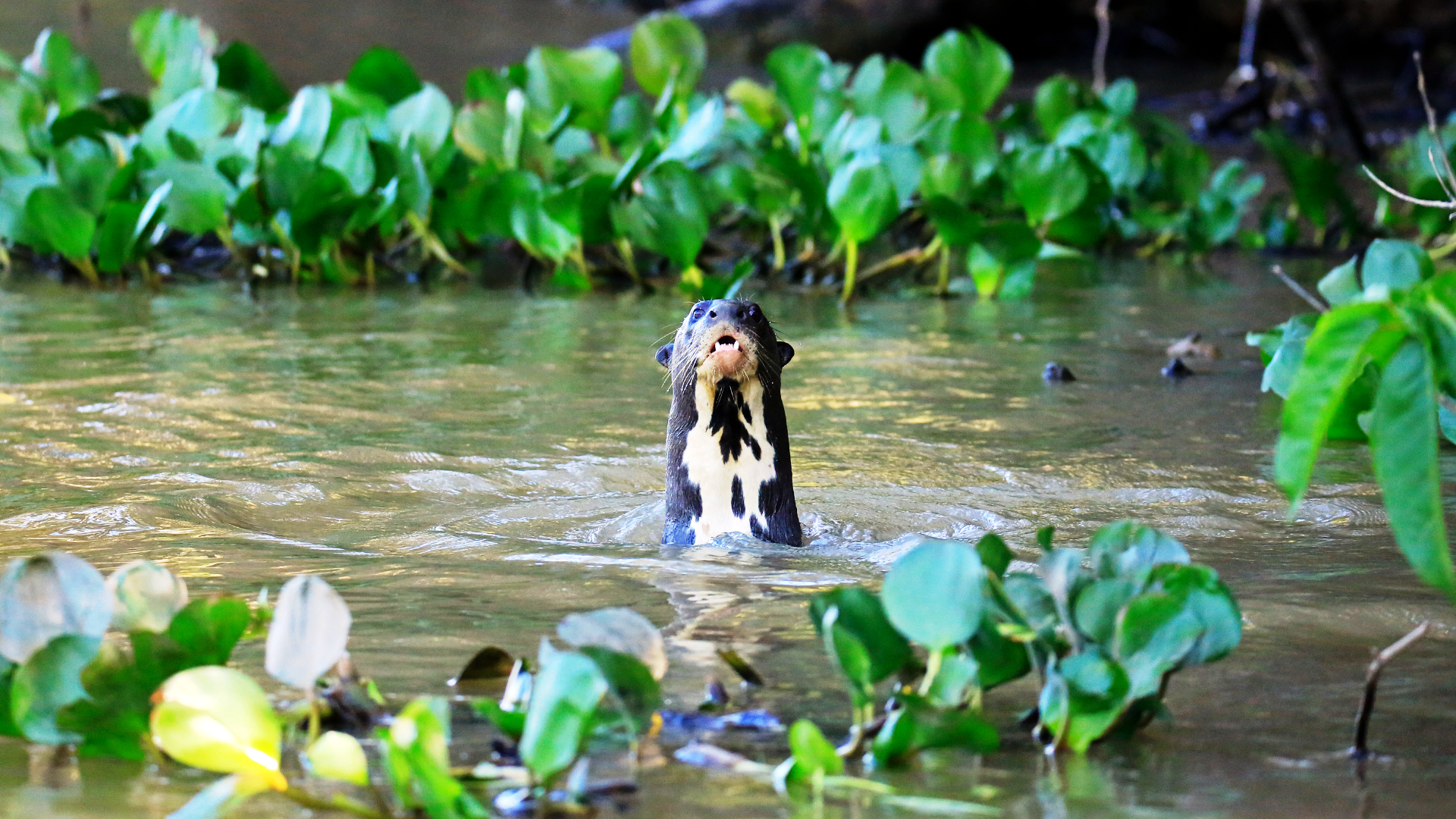
We have a good chance of sighting the resident Giant Otter family as they dive for the 4Kg. of fish that each individual consumes daily. Cocha Salvador is the largest of the area’s lakes, at 3.5 Km, or some two miles long. It is also home to a family of Giant Otters. We cruise the lake on a floating catamaran platform, which offers superb new perspectives of lake and forest. The lakeside trees are often alive with monkeys; Scarlet, Chestnut-fronted and Blue-and-gold macaws beat a path overhead; a variety of herons and egrets scout the water’s edge; and the reptilian eyes and snouts of caimans, motionless as logs, may be spied beneath the branches. Somewhere on the open water or in among toppled bankside trees, we may spot the sleek heads of the shy Giant Otters. These social animals play and fish together, and we may see them sprawled on a fallen tree trunk, dozing or gnawing on a fish. (B,L,D)
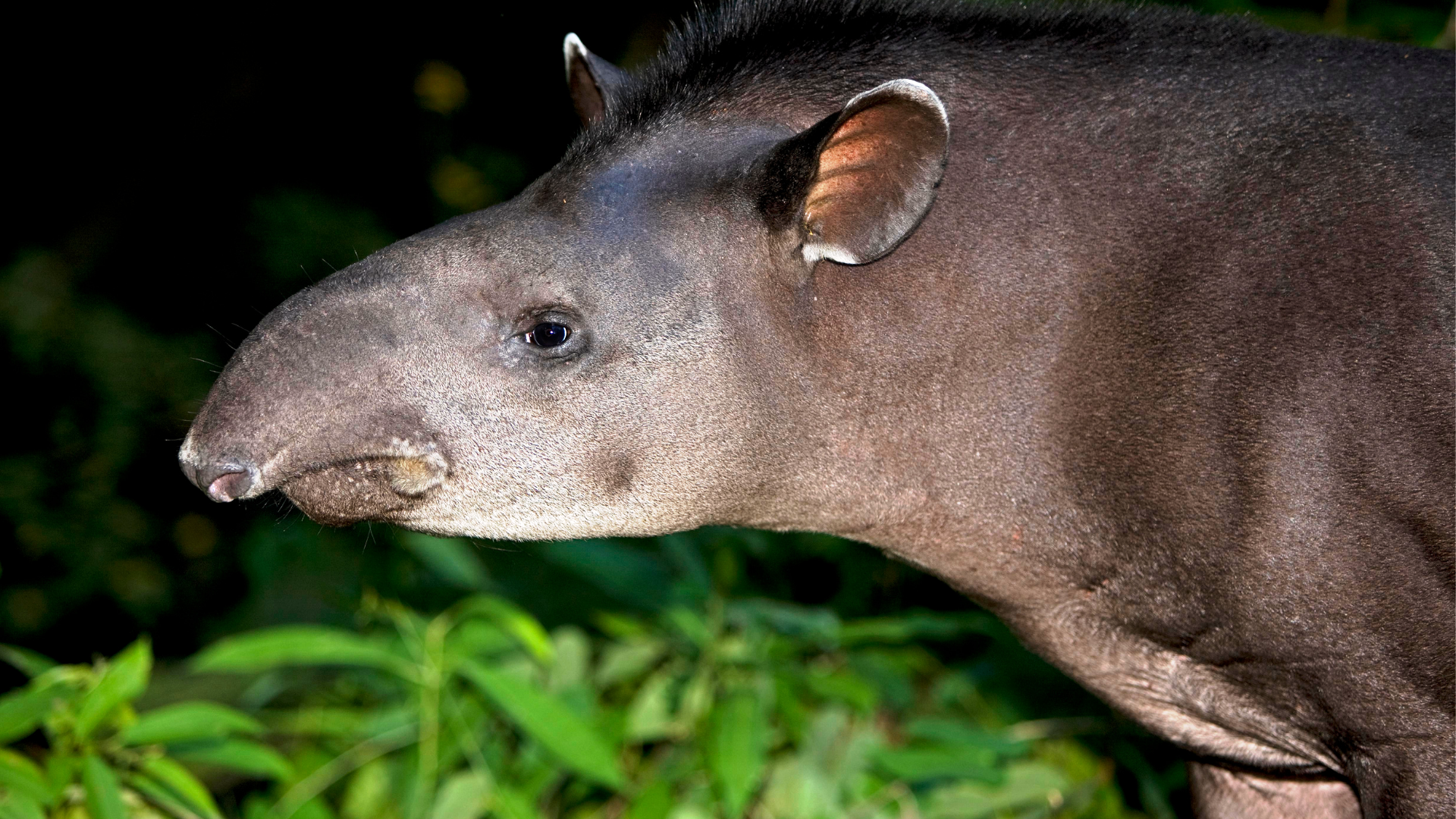
DAY 5 - SATURDAY: Manu National Park (Manu Park Wildlife Center) to Manu Wildlife Center and Tapir Clay lick
We set off downriver at dawn. At this hour chances of wildlife encounters are excellent. We return to the Limonal park station, to file our wildlife report before leaving the park. After reaching the turbulent union of the Alto Madre de Dios and Manu rivers and then the village of Boca Manu, we may drop off some passengers returning to Cusco. After ninety more minutes downstream we arrive at Manu Wildlife Center the exciting final stop of our journey in time for lunch. After an early afternoon rest we set off along the “collpa trail”, which will take us to the lodge’s famous Tapir Clay Lick. Here at the most active tapir lick known in all the Amazon, our research has identified from 8-12 individual 600-pound Tapirs who come to this lick to eat clay from under the tree roots around the edge.

This unlikely snack absorbs and neutralizes toxins in the vegetarian diet of the Tapir, the largest land animal of Latin America. The lick features a roomy, elevated observation platform 5m/17ft above the forest floor. The platform is equipped with freshly-made-up mattresses with pillows. Each mattress is covered by a roomy mosquito net. The 10-m-long, elevated walkway to the platform is covered with sound-absorbing padding to prevent our footsteps from making noise. This Tapir Experience is unique and exciting because these normally very shy creatures are visible up close, and flash photography is not just permitted, but encouraged. Many prefer to nap until the first Tapir arrives, at which point your guide gently awakens you to watch the Tapir 10-20m/33-66ft) away below the platform. Most people feel that the wait is well worth it in order to have such a high probability of observing the rare and elusive Tapir in its rain forest home.(B/L/D)
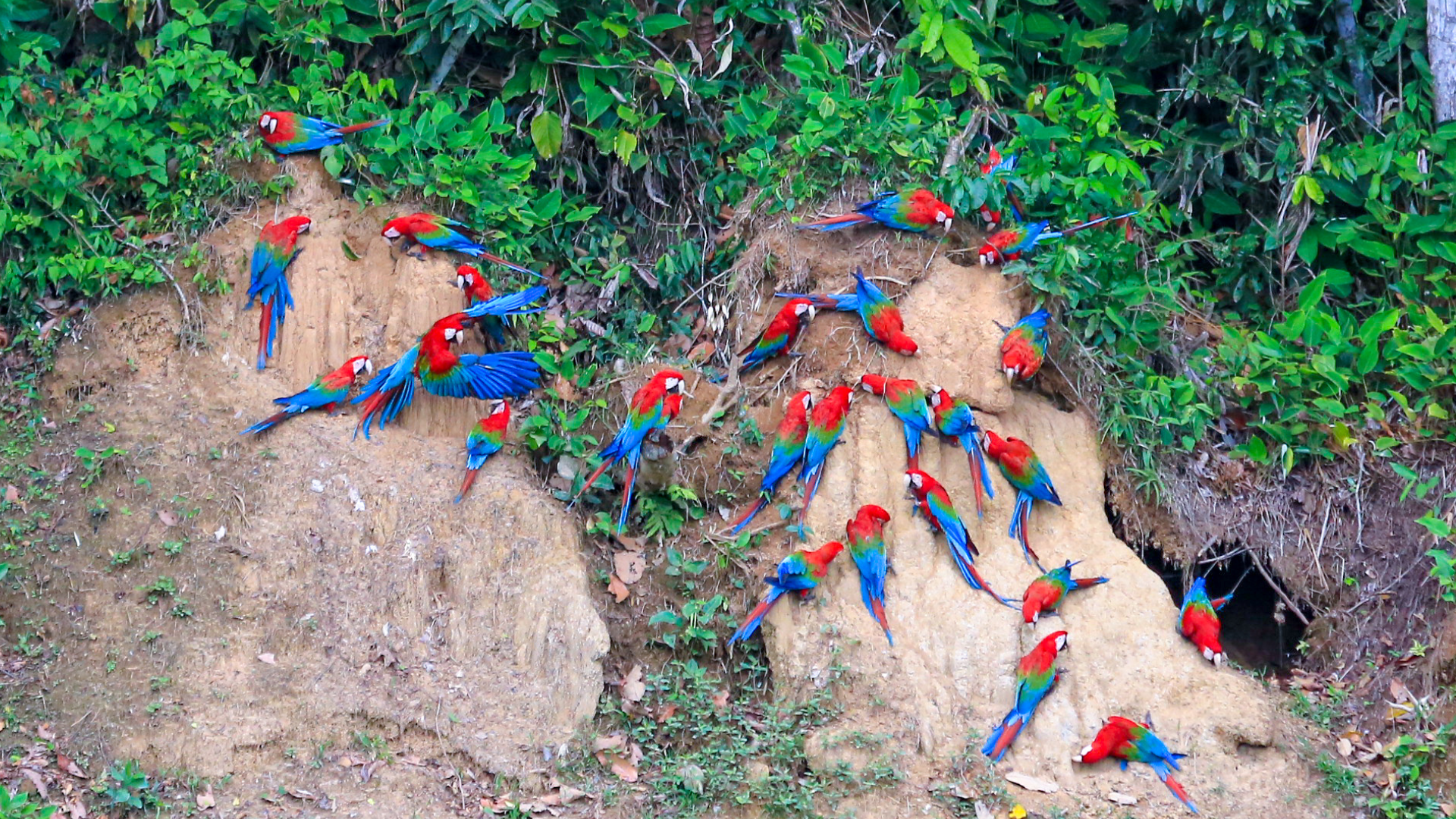
DAY 6: SUNDAY: Manu Wildlife Center: The Macaw Clay Lick Project and trail system.
Another early start (inevitable on wildlife expeditions), after a delicious breakfast is followed by a short boat ride downstream. We walk through the forest for some minutes, where we find the Macaw Lick Project. The hide provided with individual chairs and a convenient place for cameras and binoculars is our ringside seat for what is usually a spectacular show. In groups of twos and threes the scarlet Macaws come flapping in, landing in the treetops as they eye the main stage below the eroded clay banks of the river and the occasional villain, a menacing and unwelcome Great Black Hawk. The drama plays out in first in tentative and then bolder approaches to the lick, until finally nearly all the macaws form a colorful and noisy spectacle on the bare banks, squabbling as they scrape clay from the hard surface.
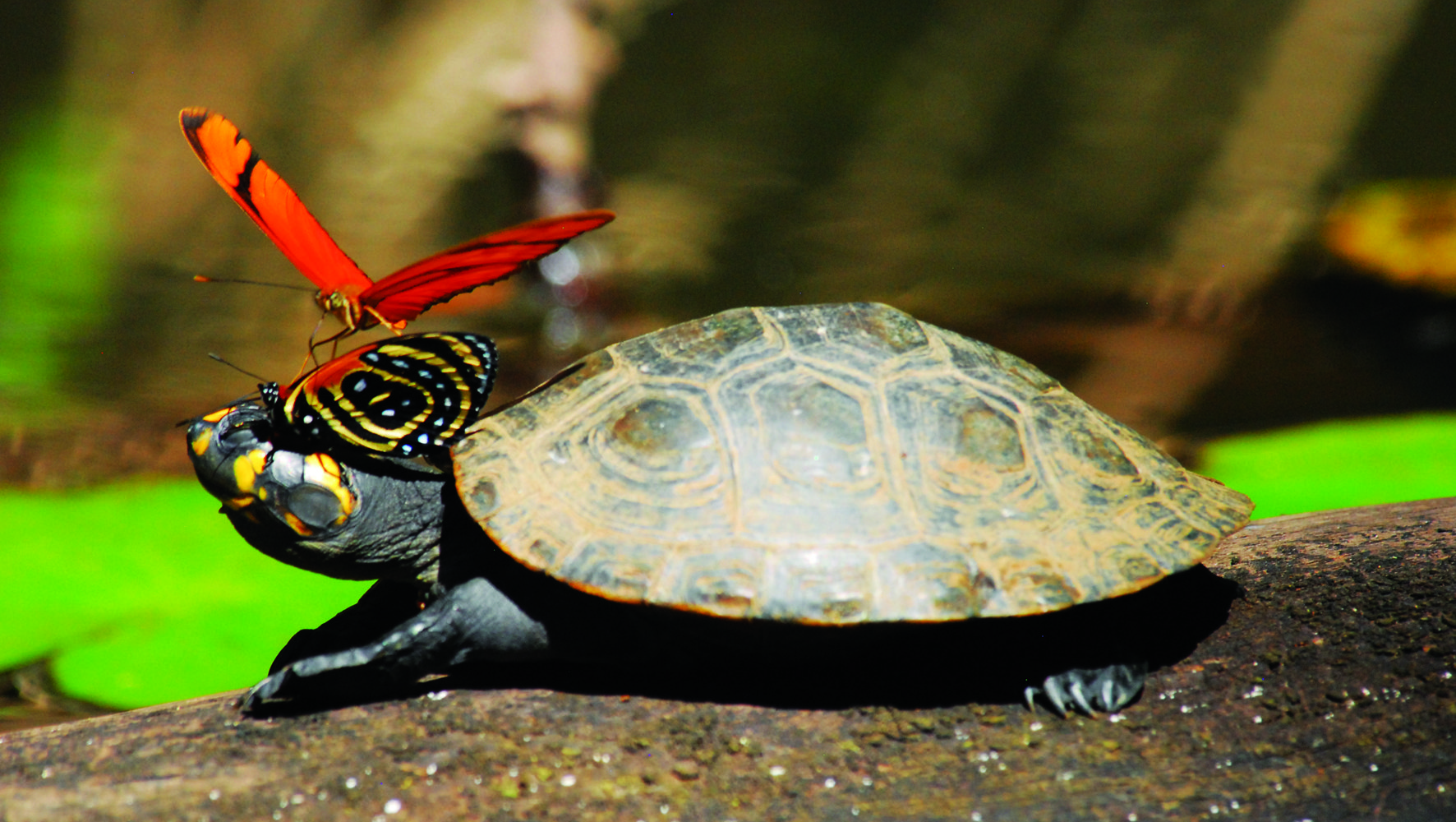
Later, we continue to explore and discover the rainforest, its lore and plant life, on the network of trails surrounding the lodge, arriving in the late afternoon at our 34m/112ft Canopy Tower. On its platform we witness the frantic rush-hour activity of twilight in the rainforest canopy, before night closes in. This evening, from the late afternoon until after Dinner, we offer an opportunity to search for caiman and other nocturnal life along the riverbank by boat, if the level of river allows it. (B,L,D)
DAY 7 - MONDAY: Manu Wildlife Center to Cusco or Lima – Departure day
We leave our lodge very early on the two hour and half return boat trip downstream to the Colorado Village, the breakfast will be serve on the boat while you enjoying early morning wildlife activity as we go.
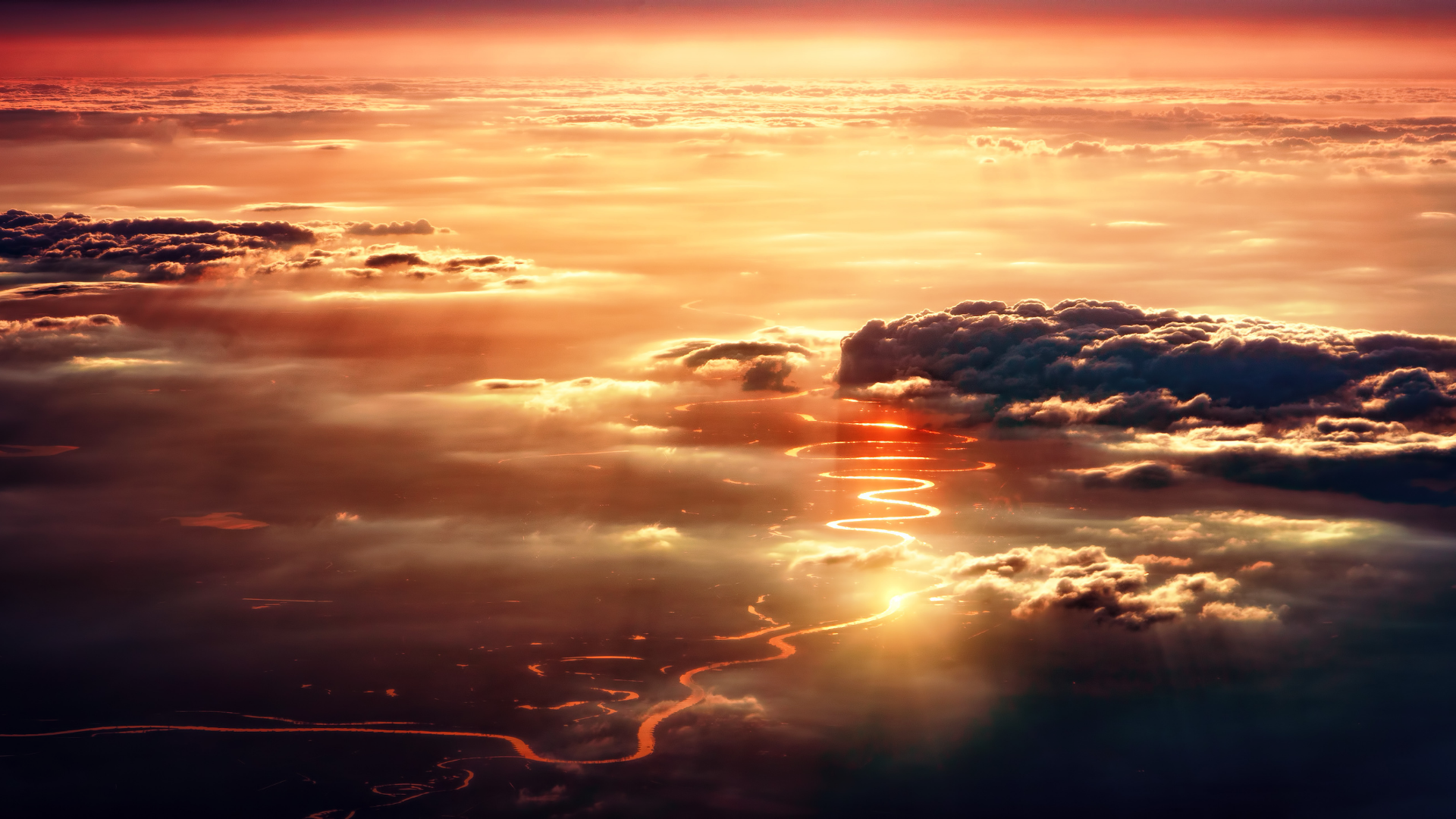
We will stop in the far-west type gold-mining town of Colorado to start our overland journey to Puerto Carlos for 45 minutes, then you will cross the Inambari River for 15 minutes boat trip to Santa Rosa, finally a van or bus will drive us in approximately two-hours to the airport in Puerto Maldonado City, here you fly by a commercial airplane to Cusco or Lima (B)
Please note that the program may vary slightly so as to maximize your wildlife sightings, depending on the reports of our researchers and experienced naturalist guides based at the lodge.
Contact us with interest of visiting other destination or having other special activities: BIRDWATCHING, WILDLIFE PHOTOGRAPHY, RESEARCH, TAMBOPATA RESERVE, IQUITOS AND THE AMAZON, PACAYA SAMIRIA, MACAW CLAY LICKS, ETC, or spend more days in the Manu Rainforest and know more.
PRICES PER PERSON IN US DOLLARS
| DOUBLE or TRIPLE OCCUPANCY: |
|---|
| 2490 US DOLLARS PP |
| SINGLE OCCUPANCY: |
|---|
| 2990 US DOLLARS PP |
INCLUDED IN THE PRICES ACCORDING TO THE ITINERARY:
Land transportation from Cusco to Cock of the Rock Lodge and then to Atalaya, River transportation. Accommodation in the following lodges: 1 night Cock of the Rock Lodge, 1 night Romero Lodge, 2 nights Manu Park Wildlife Center, 2 nights Manu Wildlife Center, Meals during the trip (beginning with lunch on day 1 and ending with breakfast on day 7), Purified drinking water and juices, Bilingual naturalist guide, visits to macaw and tapir clay licks, oxbow lake, canopy platforms and trail hikes.
- Professional & Personal Assistance during your visit.
Does not include: International or domestic airfares (from Maldonado), Services Taxes or visa fees, excess baggage charges, tips, additional nights during the trip due to flight cancellations, alcoholic beverages or bottled water, snacks, insurance of any kind, laundry, phone calls, radio calls or messages, reconfirmation of flights and items of personal nature.
BOOKING & DEPOSIT FOR THE TRIP:
COVID – 19 VERY FLEXIBLE CONDITIONS: Booking with flexibility means you can...
UP TO 2 MONTHS BEFORE THE BEGINNING OF YOUR TRIP/TOUR
• Change booking dates: You’re not locked in. Things can change, and we will allow you to choose a different booking date.
• Choose a different Trip/Tour: In case your new dates and your previous trip no longer works out, we will let you choose a different trip.
• Receive credit if plans change: If you can’t pick your new dates and tour at the time of cancellation, we will offer you a credit towards a future trip.
- To reconfirm and book we will need you to send a deposit of 20% of the trip's price ASAP.
- The remaining balance has to be paid 90 days before your trip.
THE LODGES
Cock of the Rock: Situated at the temperate elevation of 1,600m/5,200 ft in the pleasant, mosquito-free Kosñipata Valley, the lodge protects and supports a 5,060ha./12,500-acre private cloud forest reserve. Though peaceful and secluded it stands very close to the scenic Cusco–Shintuya highway. It consists of 12 double-occupancy wooden bungalows with private bath facilities, and a separate complex with a large dining room.
Manu Park Wildlife Center or Albergue Machiguenga: Features spacious double-occupancy room-size tents with hinged, lockable doors and solid wooden floors. Each tent measures 16.5x10x7 feet (5x3x2.2m), and all are fully screened, with a floor raised on wooden stilts to provide maximum ventilation and coolness, and protection from flooding and insects. A palm thatch roof shelter overhead completes the structure. Each of the extra-long twin beds has a mosquito net.
Our camp in Manu Park also features an elevated, screened dining room with wooden floor and a private hot-water showers and flush toilets.
Manu Wildlife Center: Is located east of the Manu River on the north bank of Madre de Dios River. The Lodge contains 22 double-occupancy fully screened private bungalows, separate complexes with hot showers and toilets, a large fully screened dining room and a delightful bar with hammocks for relaxing. Manu Wildlife Center has no electricity, a 220V the generator is available (make sure your equipment is compatible with this voltage) and has limited electricity at certain times of night, during which it is possible to recharge batteries; although a local wall-plug adaptor may be required. So the communal areas lit by lamps and candles, the paths around the lodge complex lit by lamps and the guest bungalows lit by candle.
ADDITIONAL TOURS IN CUSCO & THE SACRED VALLEY
Customize this Trip by adding extra days to any location. Please explore below or contact one of our
local
expert travel advisors
- BEST COOKING CLASSES: HALF DAY TOUR
- 1/2 DAY MORAY, MARAS & THE SALT MINES TOUR: PRIVATE or with a GROUP
- PRIVATE 2 DAYS INCA TRAIL TO MACHUPICCHU
- 2 COLORS CANYON HIKES
- WAQRAPUCARA: FULL DAY HIKE
- RAINBOW MOUNTAIN FULL DAY HIKE: PRIVATE or with a GROUP
- PALCOYO 3 NEW RAINBOW MOUNTAINS: FULL DAY PRIVATE HIKE
- HUMANTAY TURQUOISE LAKE FULL DAY HIKE: PRIVATE or with a GROUP
- CHONTA CONDORS FULL DAY HIKE
- HUCHUY QOSQO & MACHU PICCHU: 2 DAYS PRIVATE HIKE
- PRIVATE APURIMAC CANYON & WATERFALLS
- WHITE WATER RIVER RAFTING
- MOUNTAIN BIKING IN MARAS & MORAY: PRIVATE FULL DAY TOUR
- HORSE RIDING IN MARAS & MORAY: FULL DAY TOUR
- ATV TOURS IN CUSCO
- AMAZON:
TAMBOPATA RESERVE |
MANU NATIONAL PARK
